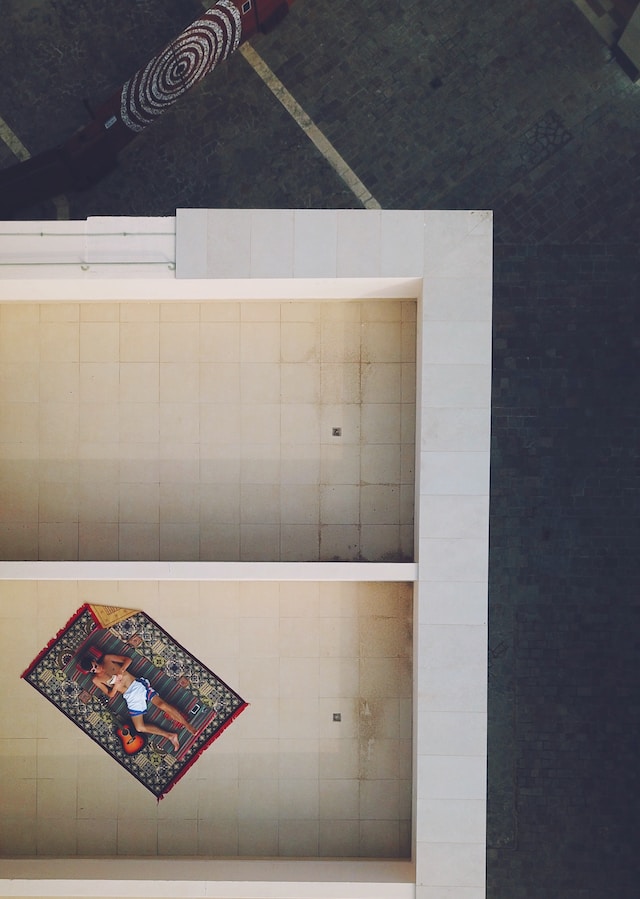synthetic southwest carpets
History and evolution of synthetic materials in carpet making
The history of synthetic southwest carpets began with the introduction of man-made materials like nylon, polyester, and acrylic. These fibers revolutionized the carpet industry by offering a more affordable and durable option compared to natural materials like wool or cotton.
Over time, advancements in technology have allowed for even more innovative synthetic materials to be developed, such as olefin and polypropylene. These materials are known for their stain resistance and easy maintenance, making them ideal for high-traffic areas in homes and businesses.
The evolution of synthetic southwest carpets has also seen an increase in environmentally friendly options, with manufacturers now producing carpets made from recycled materials. These eco-friendly options help reduce waste and lessen the impact on the environment.
Overall, the history and evolution of synthetic materials in carpet making have greatly improved the quality and durability of southwest carpets while providing consumers with a wide range of options to choose from. Whether you prefer traditional designs or modern patterns, there is a synthetic southwest carpet out there that will meet your needs and style preferences.



